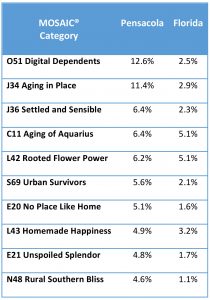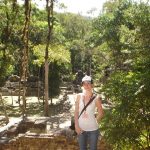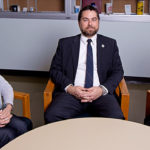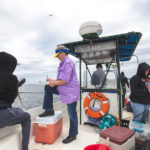Pensacola-Area Residents Diverse in Lifestyles, Attitudes
When people speak of diversity, they often focus only on obvious differences – gender, race and ethnicity. Looking at the Pensacola region in this way, its residents appear much less diverse than other areas of Florida or the country.

But because people are more than the package they come in, diversity in some ways might be better looked at by examining characteristics other than the physical.
One group interested in looking at people a different way are businesses. In order to better provide services and products, businesses will create market segments in order to customize both their product offerings and their messages. These consumer markets are segmented in many ways, including physical location, population characteristics (such as age, occupation, marital status, etc.); specific benefits based upon the particular benefit sought from a product (such as status, value or convenience), and behavior, which segments members of a market based on their relationship with the product or the firm (such as iPhone users’ loyalty to Apple).

Another interesting method is psychographic segmentation. This approach involves an understanding of a consumer’s lifestyle, interests and opinions. The phrase “consumer lifestyle” refers to patterns of behavior and attitudes that a person, or more typically a household, displays in choosing to spend their time and money. Experian Marketing Services, a leading global information services company, utilizes 71 different classifications in its consumer lifestyle segmentation system. While very useful for retail and service providers, these categories can also shed some light on the makeup of a community in terms of the diversity of those living there. The table shows the percentage of the households in the top 10 lifestyle categories for Pensacola as compared to their presence in Florida as a whole.
For Pensacola, the two largest household lifestyle groups in the area couldn’t be more diverse. The largest segment in Pensacola are the “Digital Dependents.” Representing 12.4 percent of the population, they are heavy internet users and artistic, digital trendsetters who have active social lives and consider appearances important. Younger than other segments of the population, they are risk-takers who enjoy outside activities.
On the other hand, the category called “Aging in Place,” representing 11.4 percent of households, is very different. It is characterized as socially conservative traditionalists interested in charity and healthy living. They have mid-scale incomes and are considered active retirees who enjoy cruises and community service.
Of the 71 categories utilized by the Mosaic system, Pensacola has households classified in 35 of them. This suggests that Pensacola is much more diverse when attitudes and behaviors are considered rather than just outward appearances.
Phyllis K. Pooley serves as director of special projects with the University of West Florida Office of Economic Development and Engagement in Pensacola.



